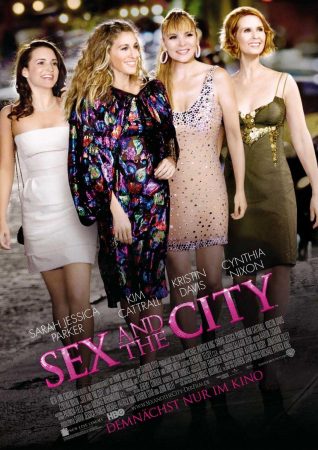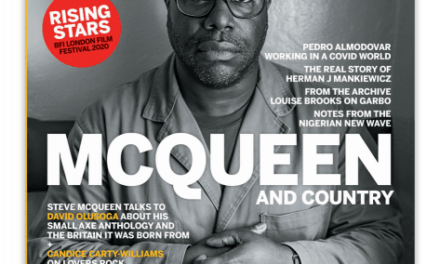Writing about the last episode of Sex and the City (HBO, 1998-2004) seven years after bidding farewell to the series for in media res recently, I was faced with an unexpected conundrum. I had planned to write about the series’ ending and the way Sex and the City finished its TV incarnation at the peak of its popularity, leaving many fans dissatisfied with the way ‘our girls’’ narratives had been resolved. Lets face it, however the series ended we would have been disappointed. Consider reactions to the finales of The Sopranos, Friends and Lost. And what about the ending of Charmed, where the series finished only to return and then finish again, all because of network indecision?
 I intended to write about a show that ended its original run on TV only to be reincarnated some four years later in cinemas. A non-ending of a TV series rather like that of Dallas, which left viewers wondering whether a single gunshot signaled the end of J.R. Ewing; until 1996, when he returned for the first of two TV movies and, in 2010, when the series was released on DVD presaging the announcement that Hagman would reprise his role for network TNT.
I intended to write about a show that ended its original run on TV only to be reincarnated some four years later in cinemas. A non-ending of a TV series rather like that of Dallas, which left viewers wondering whether a single gunshot signaled the end of J.R. Ewing; until 1996, when he returned for the first of two TV movies and, in 2010, when the series was released on DVD presaging the announcement that Hagman would reprise his role for network TNT.
The ending (or non-ending) of Sex and the City clearly fits into a long tradition of TV series that finish, only to pop up again as re-runs and DVD releases, before migrating onto film and sometimes returning, revitalised, onto our TV screens.
So, what are we now to make of the appearance of three more endings that never made the final cut? Hotly rumoured at the time and made to forestall leaks in the lead-up to the finale, each extract shows a different resolution to Carrie’s narrative: in one she marries the Russian, in another she breaks up with Big and in a third she announces that they are staying together in unwedded bliss. When the series ended in 2004 YouTube had not been invented. We would have to wait another year for that innovation. So how then does the uploading and re-viewing of these different scenarios some two years after the end of Sex and the City (in December 2006) impact upon our understanding of the series’ conclusion. And do not these alternative endings say much about the polysemic and open-ended nature of TV texts whose narratives are never truly meant for closure?
If the advent of YouTube means that we can now choose an ending to satisfy our own desires which one would you choose?
This blog appeared in a slightly different version on in media res 18.5.2011.




